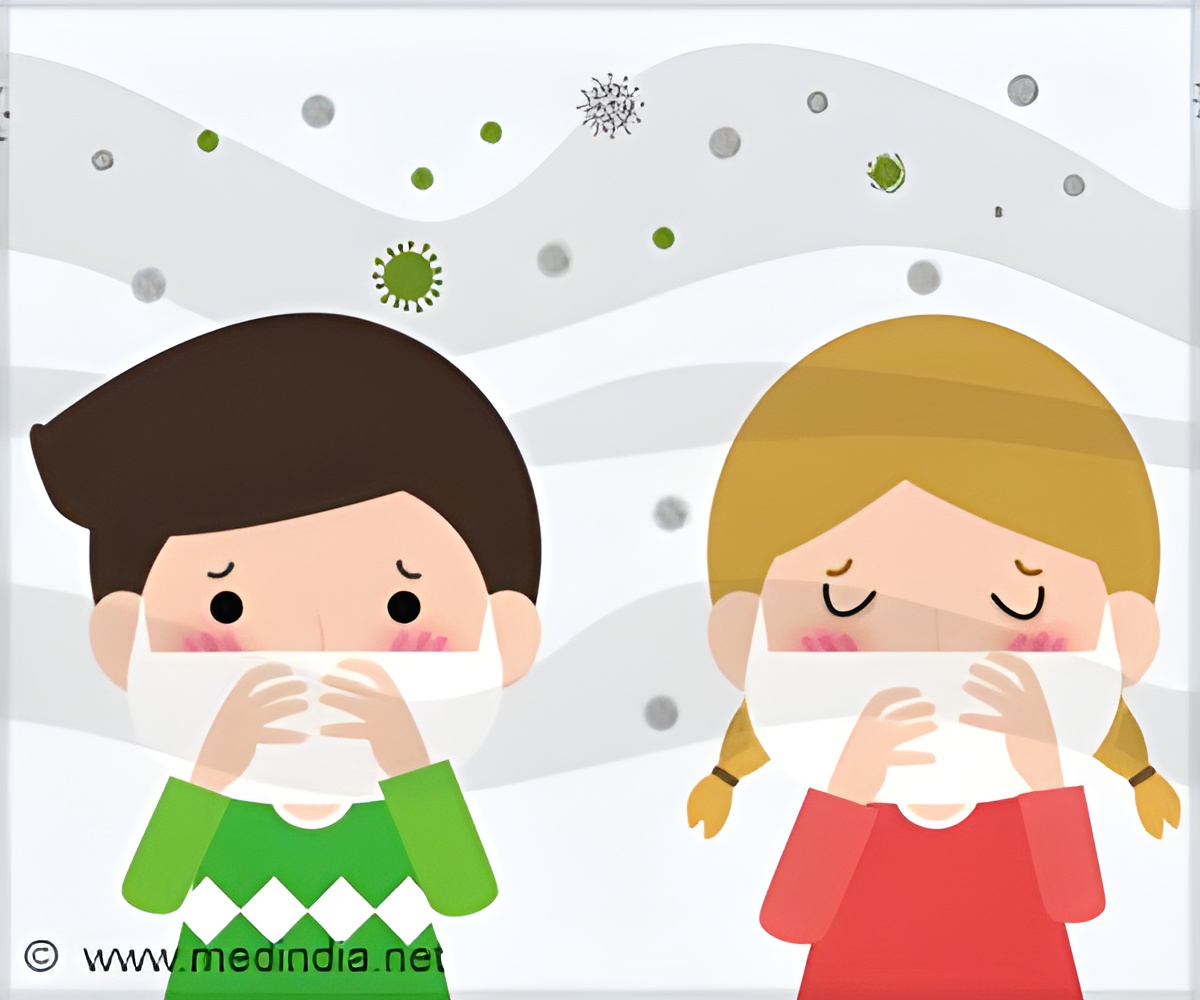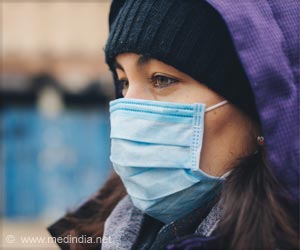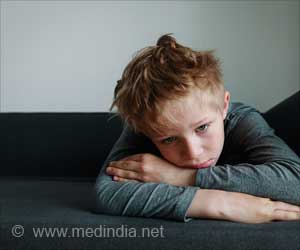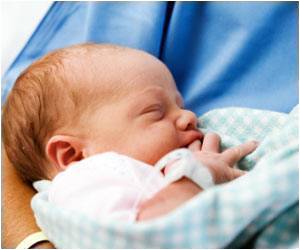Racial or ethnic minorities and socioeconomically disadvantaged kids carry the highest burden of COVID-19 infection, finds a new study.

TOP INSIGHT
Understanding and addressing the causes of socio-economic differences can mitigate disparities and limit the spread of COVID infection.
For the findings, published in the journal Pediatrics, the research team looked to data from a drive-through/walk-up Covid-19 testing site affiliated with Children's National -- one of the first exclusively pediatric testing sites for the virus in the US.
When the research team analyzed the data from the first 1,000 patients tested at this site, they found that infection rates differed dramatically among different racial and ethnic groups.
While about seven percent of non-Hispanic white children were positive for Covid-19, about 30 percent of non-Hispanic Black and 46 percent of Hispanic children were positive.
"You're going from about one in 10 non-Hispanic white children to one in three nonHispanic Black children and one in two Hispanic children. It's striking," said Dr. Goyal.
They found marked disparities in COVID-19 positivity rates by income levels: while those in the highest quartile had infection rates of about nine percent, about 38 percent of those in the lowest quartile were infected.
Although these numbers show clear disparities in COVID-19 infection rates, the authors are now trying to understand why these disparities occur and how they can be mitigated.
Source-IANS
 MEDINDIA
MEDINDIA




 Email
Email










